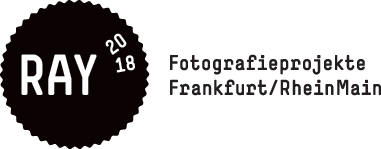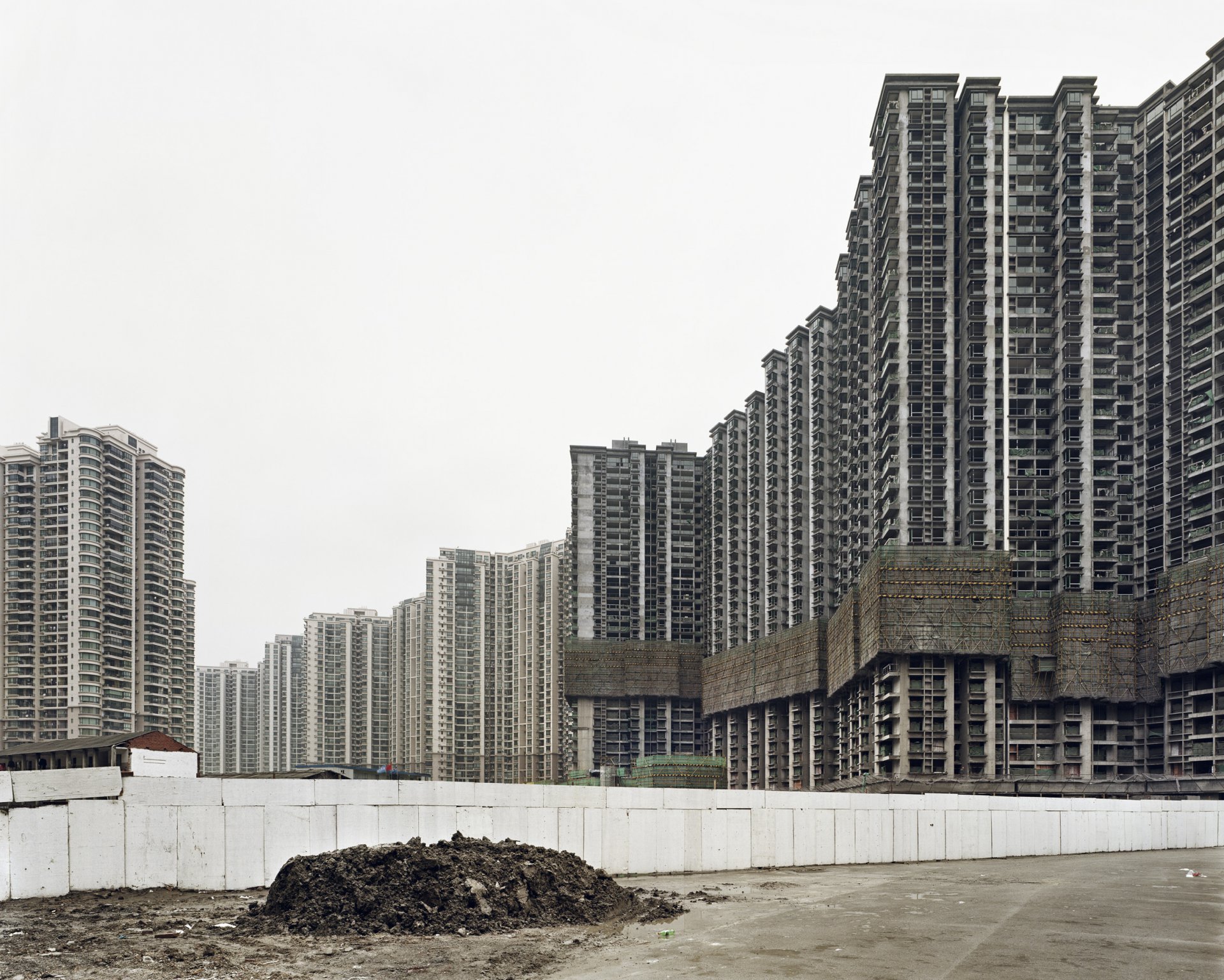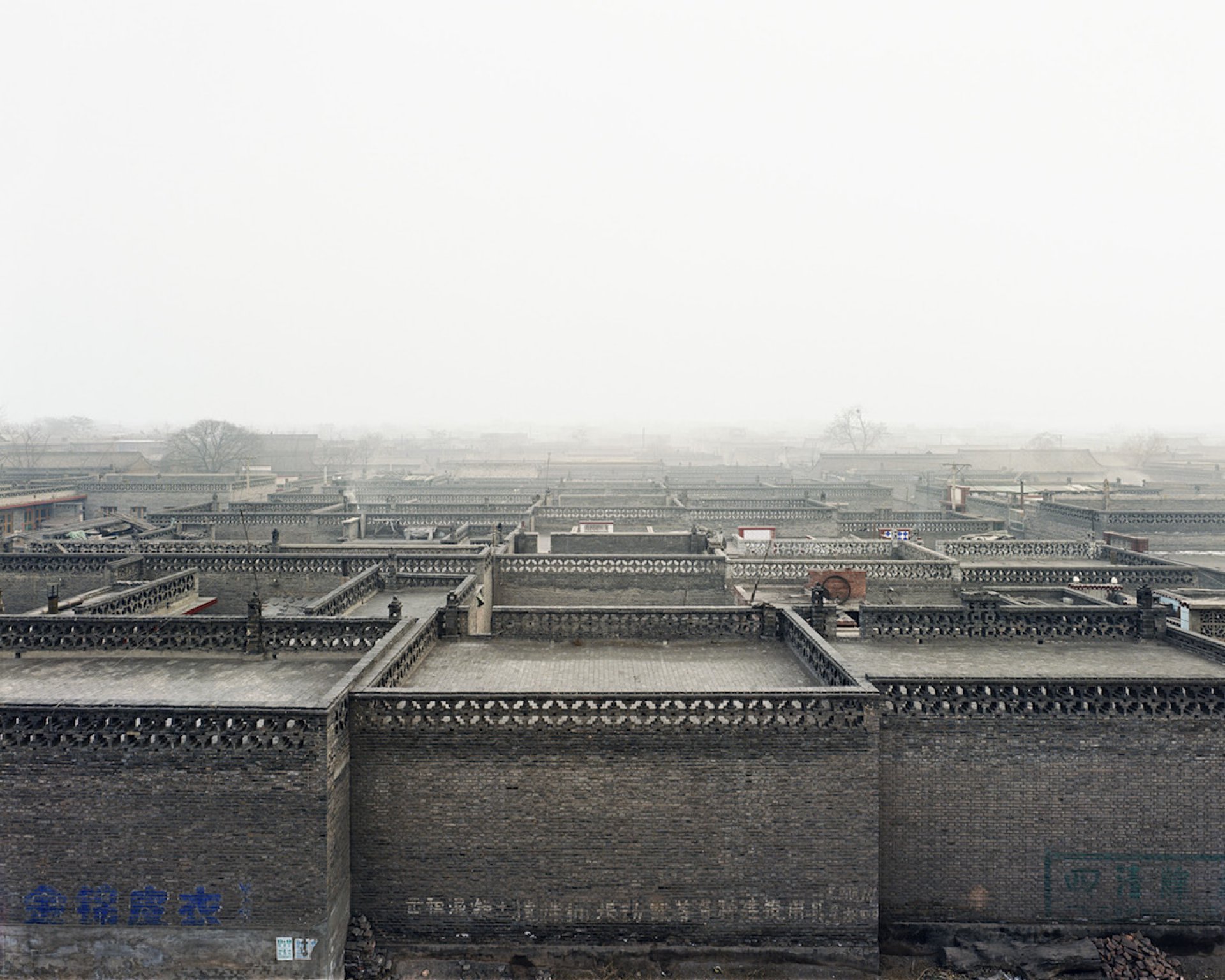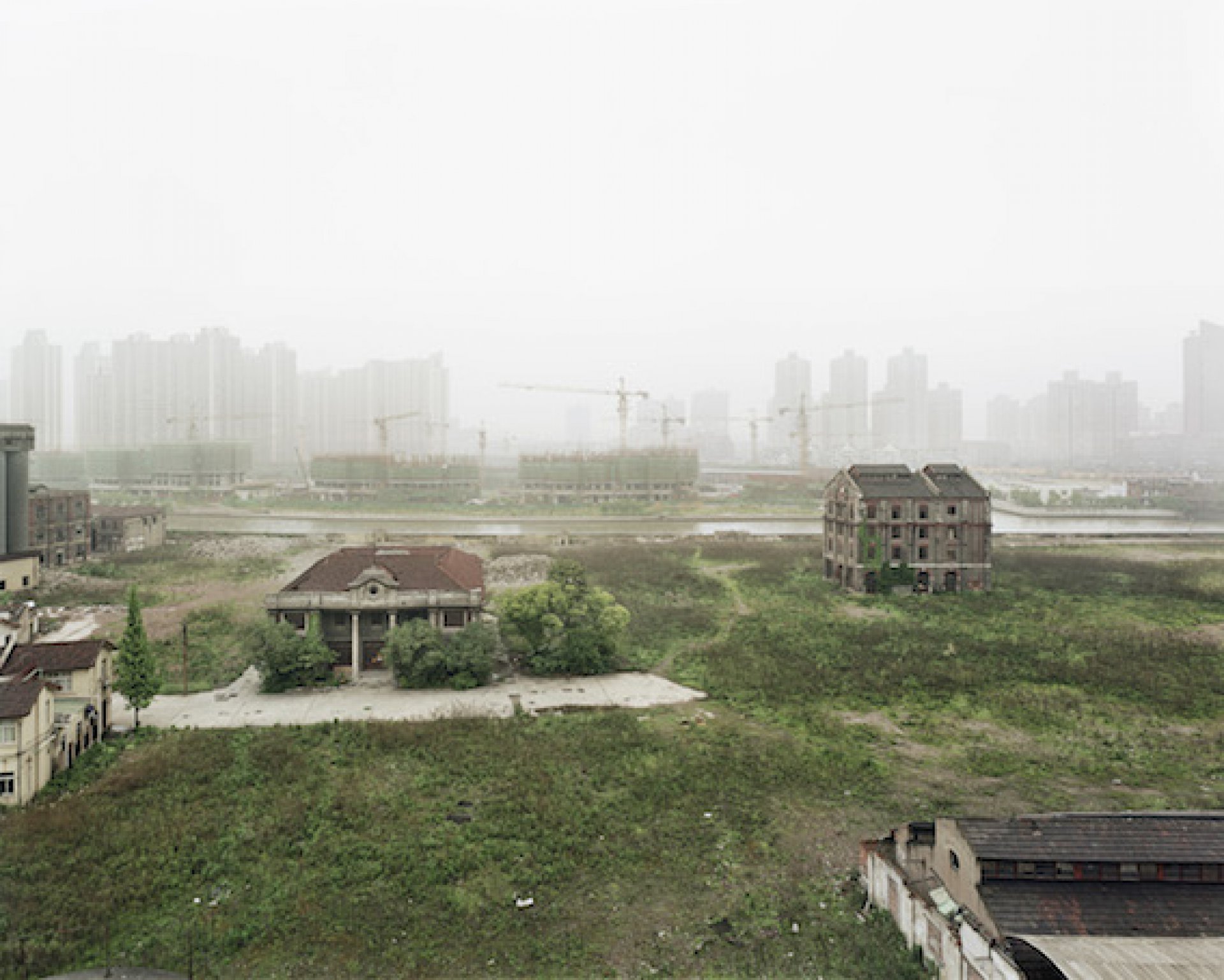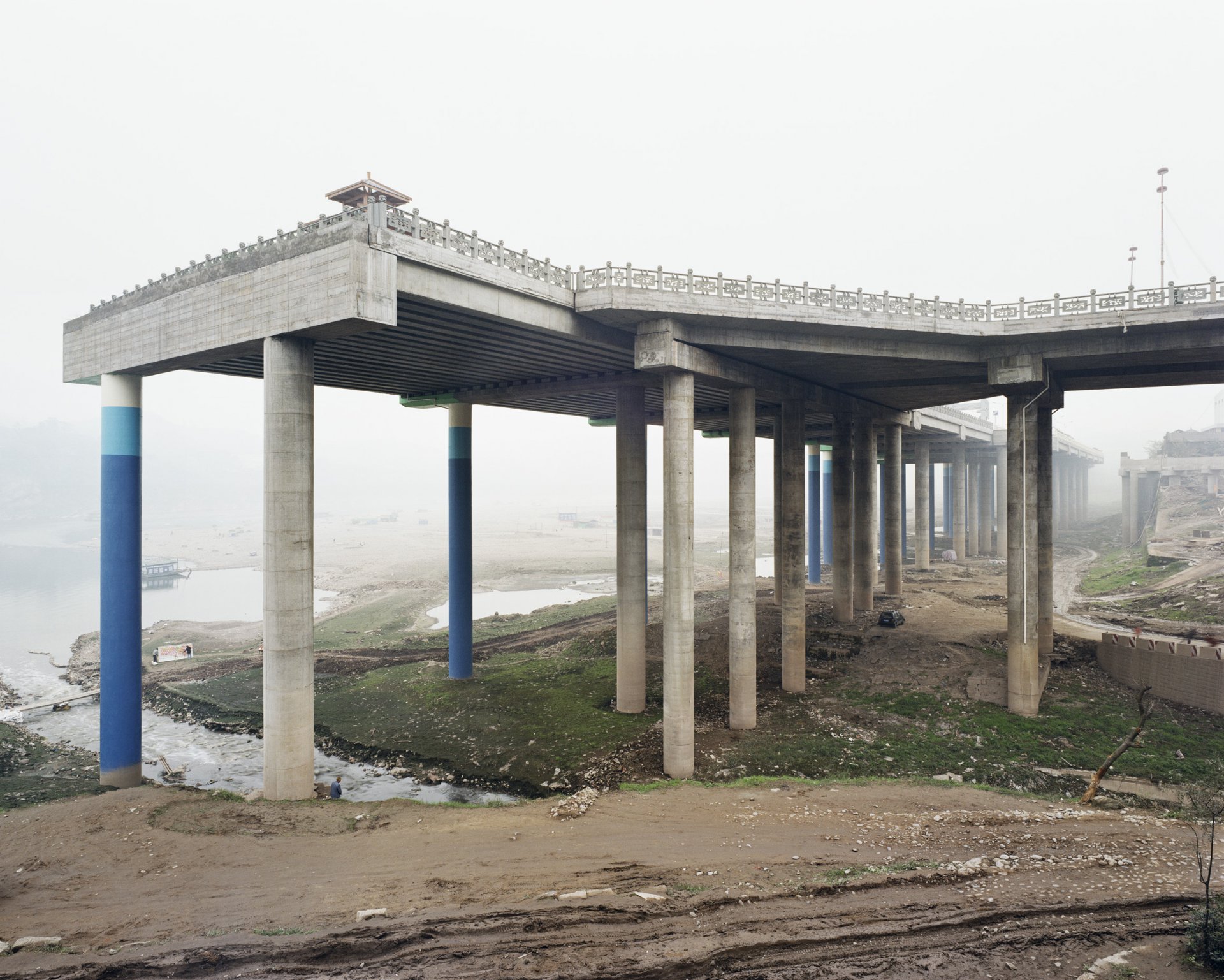EXTREME. TERRITORIES, Deutsche Börse Photography Foundation,
25. Mai - 28. September 2018
Interview with Sze Tsung Nicolás Leong
RAY: You will present your series History Images at RAY2018 – what was the starting point for developing this work? Which historyies were interesting for you?
Sze Tsung Nicolás Leong: My starting point was witnessing the tremendous scale of destruction of traditional urban fabrics in China. I was interested in how a country could willingly destroy its own history on such a scale, and how history could be controlled and rewritten through the erasure and construction of cities.
RAY: “Cities are the largest, most enduring, and most encompassing documents of history, uniquely recording the variations and residues of time.” (1) - how do you reveal the different layers of history with the camera? What was interesting for you to expose with a snapshot in time of a certain state of the cityies?
SL: The camera can record, sometimes with greater detail and scope than our eyes alone, the visible forms that compose cities. These forms are the result of the social, political, and economic forces that shape our environments, seen in building styles, urban patterns, and the patinas left by time—all of which can be viewed and contemplated within the clarity and stillness of a photograph.
“Cities are the largest, most enduring, and most encompassing documents of history, uniquely recording the variations and residues of time.”
RAY: Your photographic work seems to be an instrument of research in the field of urban studies - how did you approach the urban landscape of for example Beijing, Shanghai, Nanjing as an “object” of investigation?
SL: I focused on many majour cities for many reasons: they were the places where urban changes were the most intense, because of their historical importance, and also because they have been the places where political and economic forces were the most concentrated. I was interested in the historical transformation enabled by these forces, and capturing the period between the end of one history and the beginning of the next.
RAY: Do you consider that your scientific job in urban studies and architecture influences the way you look at cities as a photographer?
SL: I studied architecture and urbanism in graduate school, but very soon after finishing my degree I left the field to pursue my work as an artist. My interest in cities includes how they are aggregates of time, how they reflect culture and society, and how they are formal and visual manifestations of power. All these interests have carried into my photography work.
"My interest in cities includes how they are aggregates of time, how they reflect culture and society, and how they are formal and visual manifestations of power. All these interests have carried into my photography work."
RAY: Do you consider your photographic practice as a moment or an instrument for a single and collective culture of remembrance?
RAY: How do you perceive China / Chinese cities nowadays after “History Images” and following dramatic urban changes in recent years?
SL: I see an effort to create highly controlled environments, largely devoid of the complexities of history, where history is erased and rewritten to serve the present.
RAY: Do you consider photography as a political means?
SL: Yes, in the case of my series History Images, I tried to use photography to picture the effects of political forces on cities and the erasure of history. I wanted to show that the strategy to erase what is inconvenient to the ruling powers applies not only to ideas, writings, people, movements, etc., but also to buildings and cities.
RAY: What does EXTREME mean to you? How do you relate to the topic EXTREME with your own artistic practice?
SL: In the case of History Images, it relates to the extreme scale of the erasure of history.
RAY: Do you see boundaries (political, aesthetic, moral, ethical etc.) in imaging the EXTREME in your own practice?
SL: Yes, I was picturing highly controlled environments in a highly controlled society, in which the management and manipulation of boundaries plays a central role.
(1) http://www.szetsungleong.com/history_index.htm
